Is wearable technology really the next big thing?
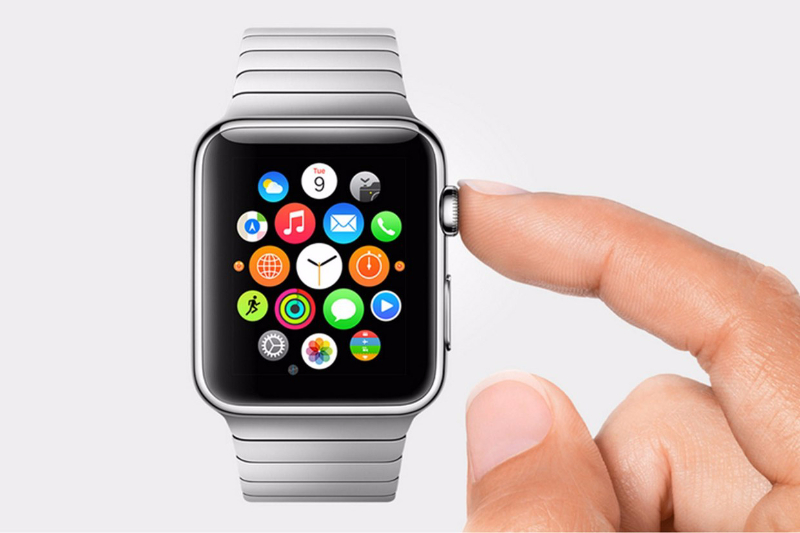
Wearable technology sounds like it would be (and often is) quite ugly, which is why it’s more than a little confusing that the fashion industry has been pushing the idea for a while now. Is it that the fashion editors of the world think that a watch that tells you what cereal to eat for breakfast is the next cool thing, or have the technology companies themselves bolstered the techy trend with big bucks? Do we really need glasses that do everything our brain combined with an iPhone can do? (Maybe: if they look as cool as the visor Geordi wears in Star Trek, which is, let’s face it, wearable technology at its finest.)
The problem with discussing anything that’s sold as the next big craze is that, if it actually becomes as big as it promises, you could be like the guy that proclaimed from the perspective of the dark days of 1995 that the internet had no future and was going nowhere. Of course, the article he wrote on the subject way back when has gone down in internet history as the most idiotic forecast ever.
So what is this wearable technology stuff and is it as wearable as they claim?
The calculator watch, for instance, is wearable tech in its more retro form and most of us have seen one of those in our time, but wearable tech continues to seem alien and strange to us. The Apple Watch is the big item of the moment; the display of the watch brought to life with a host of knowledgeable apparatus the watch promises the future.
Google Glass, one of the more publicised examples of wearable tech, brought the term “ubiquitous computing” closer to reality with a stream of information straight in front of our eyes. Clever marketing and careful product placement wasn’t enough to bring Google Glass to widespread public use, however, and concerns about privacy and effects on health meant that Google withdrew the prototype with the aim of further developing the idea.
Designers of the fashion world have partnered up with technology companies and developed products that push the boundaries of fashion. Clothes powered by solar panels that can charge your phone and monitor your heart rate are just some of the ways that fashion and tech can be harmonious. Jewellery is becoming a smart way to integrate computers into our lives: the bubble bangle was developed by Alexandr Kostin with the aim of creating a wearable design that can recycle polluted air and put clean air back into the atmosphere.
Designers are utilising newly found technological knowledge to create garments that are more sci-fi than S/S 2015 – a dress fitted with eye-tracking technology that shimmers when looked at create a new and interesting relationship between the wearer and the audience, thinning the boundaries between fashion and art. Clothes that react to their environment are becoming a theme; designer Amy Winters has created a dress made from holographic leather that responds to sounds by illuminating as the volume increases.
We are yet to create tech, wearable or not, that passes the Alan Turing test, but pushing technology forward and mixing it with the creativity of the fashion world is an intriguing and exciting development; wearable technology isn’t the big thing we all want it to be, but the ideas and the drive are both there, we just need time to create genuinely effective and forward-thinking design and not just products which are created to fit a market’s drive. Propelling the world and its people, rather than the filling the purses of a few, should be the main goal.
Rebecca Saunders

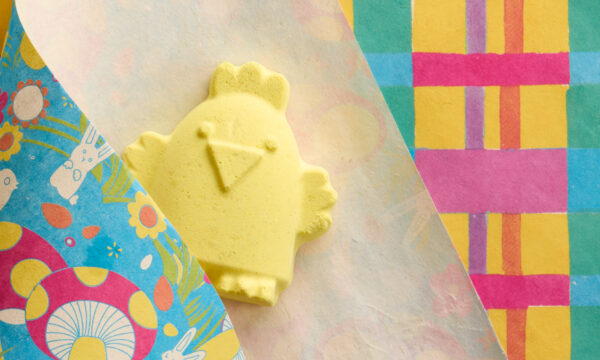
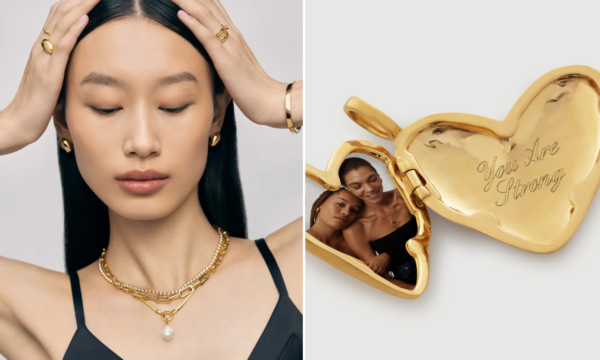




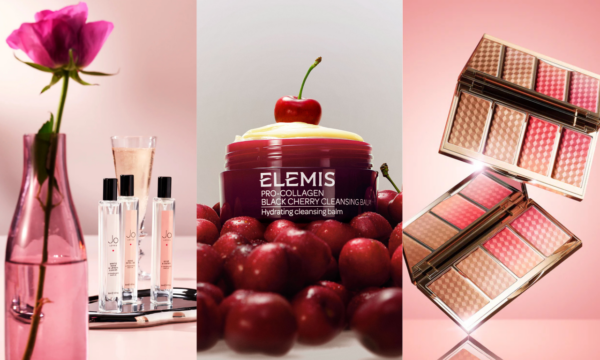
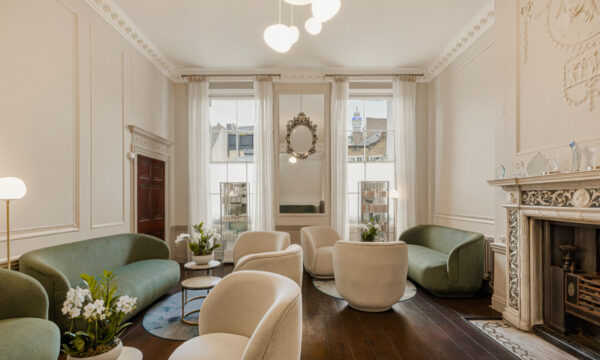















Facebook
Twitter
Instagram
YouTube
RSS